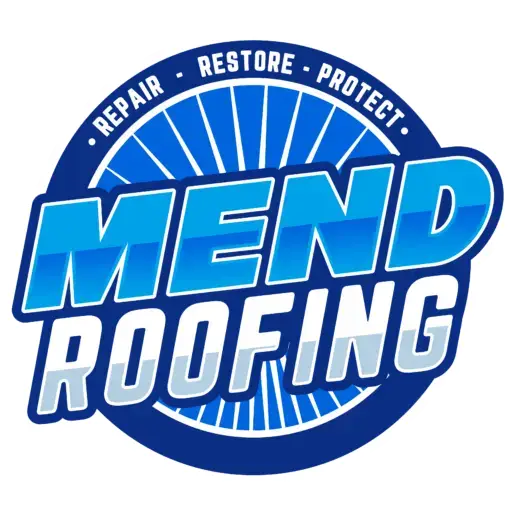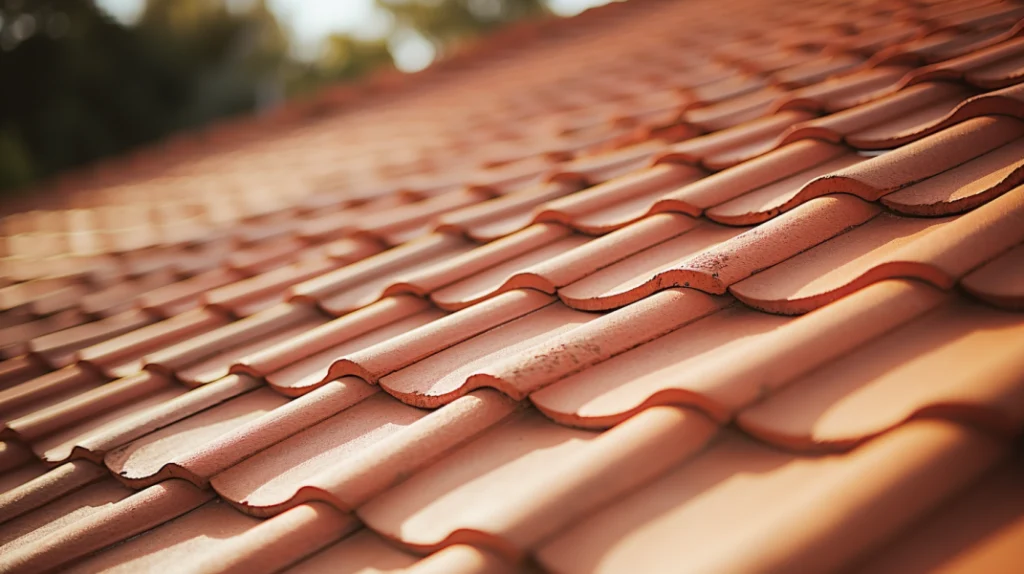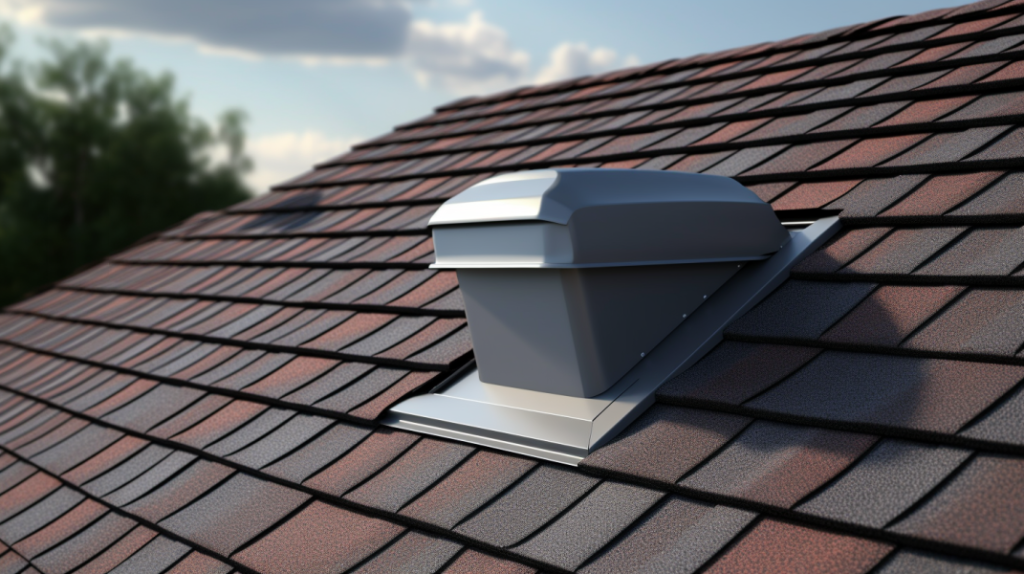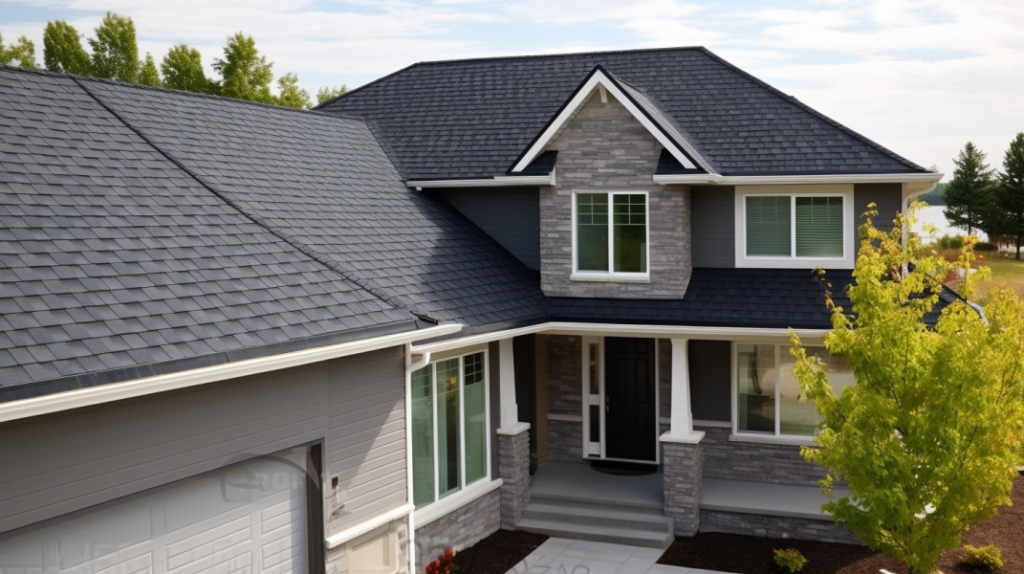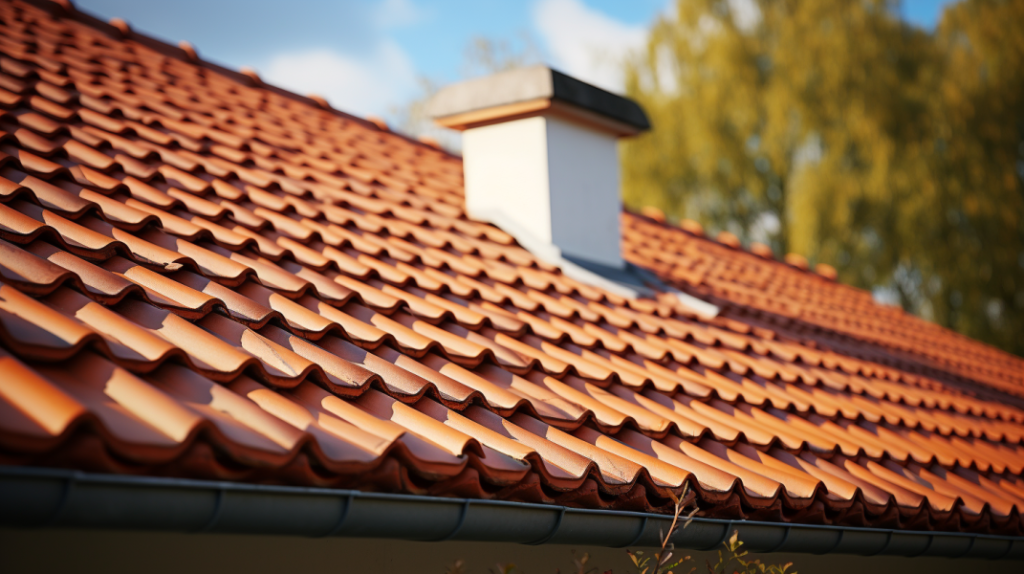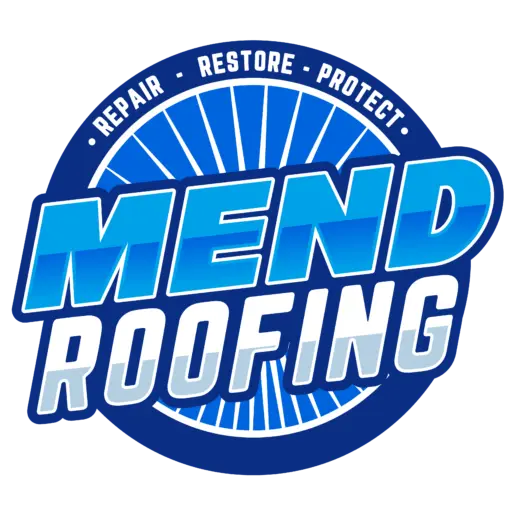At Mend Roofing, we believe in providing our clients with the best knowledge and options when it comes to their roofing needs. One of the most crucial components of any roofing system is the underlayment. This layer, although not visible, plays a pivotal role in protecting your home from moisture and other external elements. In this guide, we’ll delve deep into the two primary types of roofing underlayment: synthetic and felt, highlighting their pros and cons.
Understanding Roofing Underlayment
Roofing underlayment acts as a barrier between the roof sheathing (typically made of plywood or OSB) and the external roofing material, be it shingles or metal. Its primary function is to offer a secondary shield against elements like rain, snow, and wind.
Synthetic vs. Felt: The Two Titans of Roofing Underlayment
Felt Roofing Underlayment
Originating as one of the earliest forms of roofing underlayment, felt is produced by saturating paper or a fiberglass mat with asphalt. It’s available mainly in two variants: No.15 felt and No.30 felt. The latter is generally thicker and more robust, making it less susceptible to damage during installation or adverse weather conditions.
Advantages:
- Cost-Effective: Felt underlayment is often the preferred choice for homeowners on a tight budget.
Drawbacks:
- Durability Concerns: Traditional felt underlayment can’t be exposed for extended periods as it might dry out or lose its protective oils.
- Installation Challenges: Felt is heavier, making it cumbersome for roofers to transport and install. It’s also prone to tearing, especially in high winds.
- Moisture Absorption: If exposed to moisture, felt can absorb water, leading to wrinkles that can affect the flatness of shingles.
Synthetic Roofing Underlayment
Crafted from durable polymers, synthetic underlayment offers enhanced protection against water and other external elements. Its performance can vary based on the manufacturer, so it’s essential to choose a trusted brand.
Advantages:
- Strength & Durability: Synthetic underlayment boasts a high tear strength, making it resistant to damage during installation.
- Extended Exposure: Unlike felt, some synthetic underlayments can withstand prolonged UV and moisture exposure.
- Safety & Ease of Installation: Being lighter than felt, synthetic underlayment is easier to install. It also offers better traction, ensuring safer installation for roofing contractors.
- Moisture Resistance: Synthetic underlayment repels water, making it an excellent choice for homes in areas prone to heavy rainfall.
Drawbacks:
- Cost: While many synthetic options are competitively priced, they can be more expensive than felt. However, the long-term benefits often justify the initial investment.
Making the Right Choice for Your Roof
Whether you’re considering a roof repair in Cypress TX or seeking a reliable roofer in Cypress TX, it’s crucial to understand the underlayment options available. At Mend Roofing, we recommend synthetic roofing underlayment for its durability and protection capabilities. However, the choice ultimately depends on your specific needs, budget, and the advice of your roofing contractor in Cypress Texas.
In conclusion, while both felt and synthetic underlayments have their merits, it’s essential to choose the one that aligns with your home’s requirements and offers the best protection against external elements. At Mend Roofing, we’re committed to guiding you through this decision, ensuring your home remains safe and protected for years to come.
